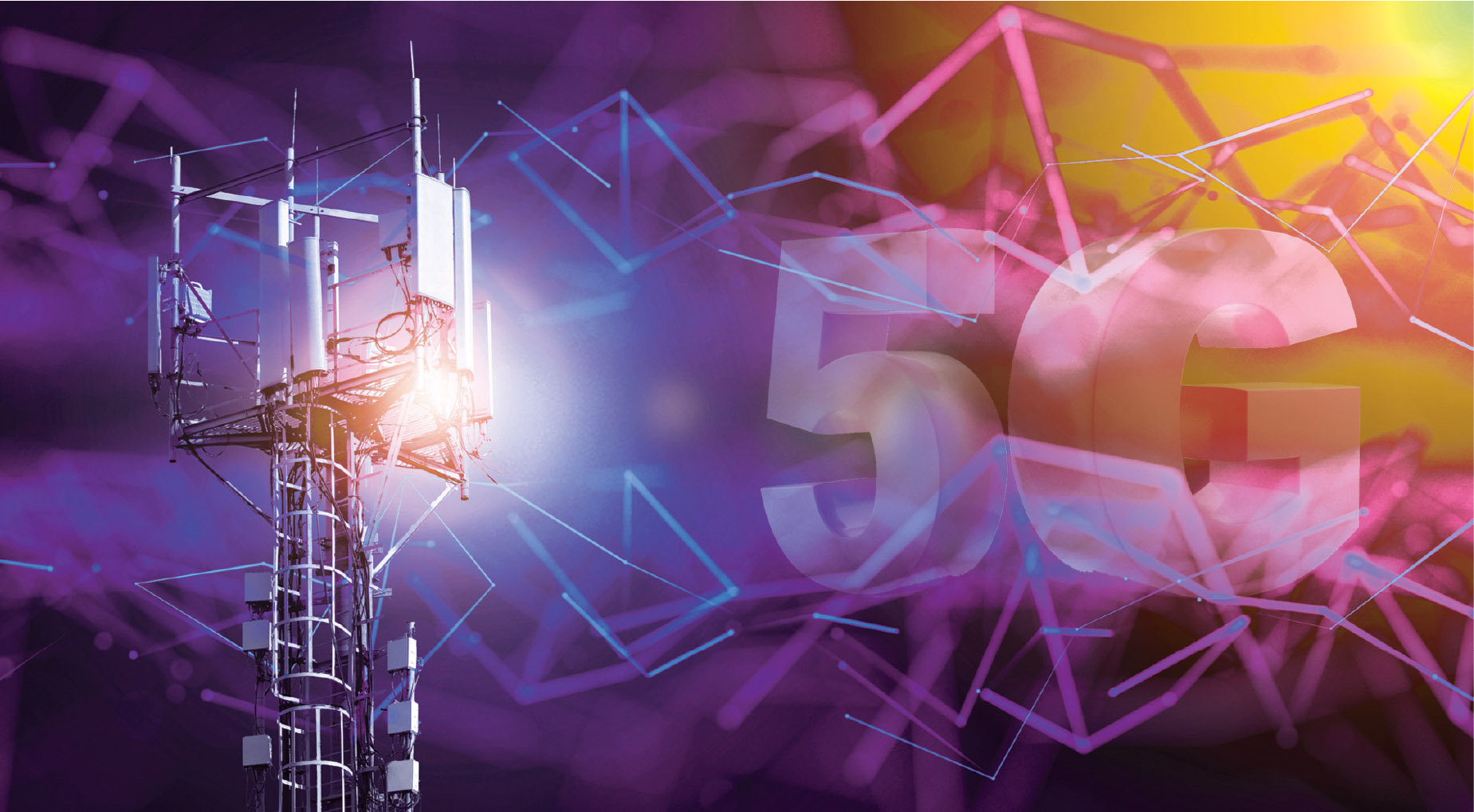
Next-Gen Connectivity: Pioneering a Hyperconnected World with 5G and Beyond
- Post
- August 5, 2023
- Foundation, Front-End Frameworks, Web Development
- 0 Comments
In the ever-evolving landscape of technology, where seamless connectivity and rapid data exchange have become paramount, the emergence of 5G and its potential evolution beyond have ignited a transformational journey toward a hyperconnected world. This blog delves deep into the realm of next-gen connectivity, exploring the impact of 5G and its subsequent developments as the foundational bedrock for a future that is teeming with possibilities and opportunities.
Unveiling the Power of 5G: A Paradigm Shift in Connectivity
5G, the fifth generation of wireless technology, has heralded a new era of connectivity marked by unprecedented speed, ultra-low latency, and massive device connectivity. With data transfer rates reaching up to 10 gigabits per second (Gbps), 5G has the potential to revolutionize industries that rely on real-time data transmission, such as autonomous vehicles, remote healthcare, and smart cities.
Key Points:
- 5G introduces remarkable speed and low latency, opening doors to innovative applications.
- Industries like autonomous vehicles and telemedicine are set to thrive with 5G’s capabilities.
The Building Blocks: Frontend Frameworks and Foundation CSS
As we embark on a journey to explore the foundation of a hyperconnected world, it’s crucial to understand the pivotal role of frontend frameworks and Foundation CSS. These are the tools that shape the digital experiences we encounter daily. Frontend frameworks, such as React, Vue.js, and Angular, provide the necessary structure for web applications, enhancing user interfaces and optimizing performance. Foundation CSS, on the other hand, acts as a cornerstone for responsive web design, ensuring seamless adaptability across various devices and screen sizes.
Key Points:
- Frontend frameworks offer structure and improved user interfaces for web applications.
- Foundation CSS ensures responsive design, catering to diverse devices and screen dimensions.
Beyond 5G: Charting the Course for Hyperconnectivity
While 5G is already transforming the digital landscape, it serves as a stepping stone to even more advanced forms of connectivity. Researchers and innovators are already envisioning a future that encompasses technologies like 6G and beyond. These iterations promise unimaginable speeds, enhanced virtual and augmented reality experiences, and a deeper integration of the Internet of Things (IoT) into our daily lives.
Key Points:
- The evolution from 5G to 6G and beyond holds promises of unparalleled speeds and immersive experiences.
- IoT integration is poised to reach new heights with advanced connectivity technologies.
Navigating Challenges: Security and Infrastructure
As we push the boundaries of connectivity, it’s crucial to address the challenges that come hand in hand. One of the paramount concerns is cybersecurity. With an exponentially growing number of connected devices, safeguarding sensitive data and ensuring privacy becomes a paramount task. Additionally, the expansion of 5G and subsequent technologies relies heavily on robust infrastructure, including an extensive network of small cells and fiber-optic cables.
Key Points:
- Cybersecurity is a critical consideration as the number of connected devices continues to rise.
- Infrastructure development is essential for the seamless deployment of advanced connectivity technologies.
Commonly Asked Questions
1. How does 5G differ from its predecessors? 5G sets itself apart with significantly higher speeds, lower latency, and the ability to connect a massive number of devices simultaneously.
2. What role does Foundation CSS play in web design? Foundation CSS provides the framework for responsive web design, ensuring that websites adapt flawlessly to various screen sizes and devices.
3. Will 5G and beyond impact everyday consumer devices? Yes, the enhanced connectivity offered by 5G and its successors will lead to improved experiences across smartphones, smart home devices, and more.
4. How does hyperconnectivity benefit industries like healthcare? Hyperconnectivity enables real-time patient monitoring, remote consultations, and efficient sharing of medical data, revolutionizing healthcare services.
5. What challenges might arise with the progression to 6G and beyond? The development of advanced connectivity technologies may necessitate substantial infrastructure upgrades and raise concerns about electromagnetic radiation exposure.
Final Words: A Glimpse into the Hyperconnected Future
In a world where data fuels innovation and seamless connectivity underpins progress, the journey toward a hyperconnected future is well underway. 5G, with its lightning-fast speeds and remarkable capabilities, serves as the foundation upon which this future is being built. As we navigate challenges and anticipate even more advanced technologies, the boundless potential of a hyperconnected world awaits us, promising a future where every device, every interaction, and every experience is seamlessly intertwined. The path ahead is illuminated by the dazzling possibilities that next-gen connectivity brings, and we’re poised to embrace this transformative evolution with open arms.




